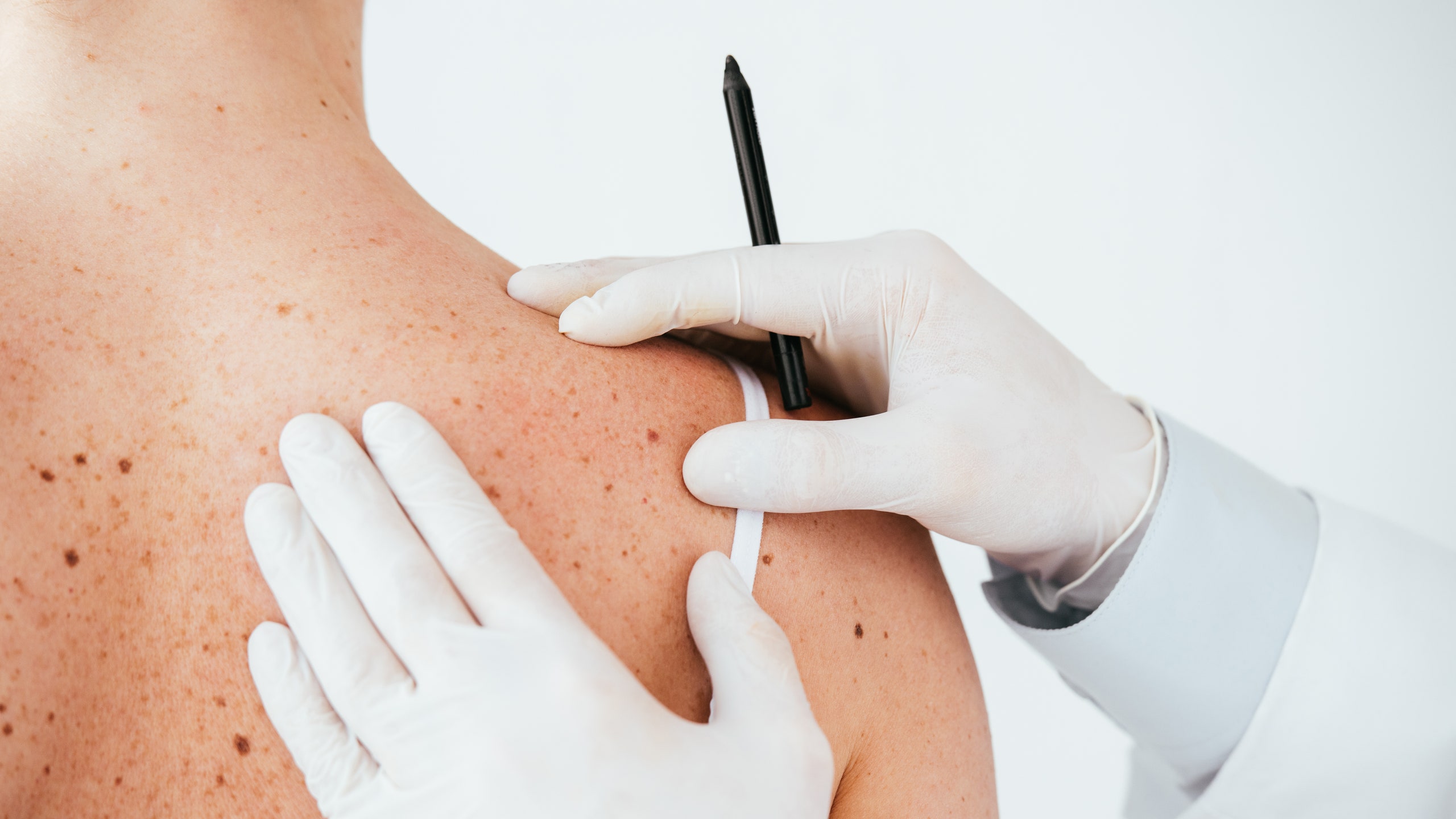Skin cancer is a very serious issue facing most Australians, and almost everyone is at risk of getting skin cancer at some time or another. Cancer is considered to be a chronic disease that requires long term treatment and care, and skin cancer is no different.
More than one million new skin cancer patients are reported globally every year, which means that this is not a problem that is isolated in only certain areas of the world.
There are different types of skin cancer, such as:
- Basal Cell Carcinoma.
- Squamous Cell Carcinoma.
- Melanoma.
Out of these, Basal Cell Carcinoma is one of the most commonly found types of skin cancer, affecting many people every year. Melanoma on the other hand is one of the most dangerous as it can spread to other parts of the body.
Because of the high risk of skin cancer for Australians, doctors recommend that everyone performs a self-check of the skin on a regular basis. In addition, it is also recommended that people seek professional help and get a skin cancer check in Melbourne, or through a clinic close to them, on a regular basis. A doctor may request a skin check every 6 months or so, and perhaps at closer intervals if they think there is a serious risk. This skin check is carried out by medical professionals at a skin cancer clinic in Melbourne or in other cities and is a very easy and painless test that involves checking the body for spots, moles or lumps that seem suspicious. Some tests include photographic testing of the spots so that they can be recorded and compared later at subsequent visits to see if the spots have changed in size, shape or colour over time, which would indicate that the person may have skin cancer.
If a skin check shows some suspicious spots, then a doctor will suggest a biopsy in order to confirm if it is cancer or not. A very small piece of the suspected skin area is sent for a biopsy. If a biopsy confirms that a person has skin cancer, the next stage is to decide on the best possible course of treatment.
While newer technologies and methods of treatment are being clinically tested at trials every day, at the moment there are 8 different types of conventional therapies used for the treatment of skin cancer. The method decided by the doctor will depend on the size of the tumour, as well as how far it has developed and its level of metastasis (how much it has spread to other areas of the body).
Even after treatment, follow up tests will usually be carried out by doctors to confirm if any further treatment is necessary. It should also be noted that certain cancer treatments can have some mild to severe side effects such as skin irritations, hair loss, and changes to skin colour, and the more prolonged the treatment, the worse the side effects could be.
The conventional treatment methods carried out for skin cancer are:
- Surgery – There are several different types of surgery that may be carried out depending on the development stage of cancer and its size. These include:
-
-
- Excision – Cutting out the tumour together with some normal tissue surrounding it.
- Mohs surgery – The tumour is cut out in thin layers.
- Shave excision – The affected area is shaved off the surface of the skin.
- Curettage and Electrodesiccation – Tumour is cut out using a curette.
- Cryosurgery – Freeze and destroy the abnormal tissue.
- Laser surgery – Cutting the tumour using a laser beam.
- Dermabrasion – Removing the top layer of skin.
-
- Radiation Therapy – Radiation Therapy uses high energy x-rays and other types of radiation to destroy cancer cells. It can also be used to stop cancer cell growth.
- Chemotherapy – This method uses drugs to either kill the cancer cells or stop them from dividing.
- Photodynamic Therapy – This method uses a drug and a laser light to kill cancer cells. The drug used remains inactive until it is exposed to the light. It is either injected into the vein or put on the skin.
- Immunotherapy – This method uses a patient’s own immune system to attack cancer cells.
- Targeted Therapy – This process identifies and attacks specific cells using drugs and other substances.
- Chemical Peel – This procedure uses a chemical solution that is applied to the skin to dissolve the top layers of the skin cells. It is used to improve the way certain skin conditions look.
- Other Drug Therapy – Retinoid, Diclofenac and Ingenol are used to treat certain types of cancer cells.
More information on these treatments can be found at a skin cancer clinic in Melbourne or in any other city.






